 Dec 23, 2013 - 2:02 PM Dec 23, 2013 - 2:02 PM
|
|
|
Moderator      Joined Jun 29, '08 From Denver Currently Offline Reputation: 59 (100%) |
Brief Summary:
The 3S-GE “BEAMS” Redtop is the fourth generation 3S-GE designed by Toyota and built by Yamaha. It was produced between 1997 and 1999 and was offered in the ST202 Celica SS-II, SS-II Convertible and SS-III, and SW20 MR2 G and G Limited. “BEAMS” is an acronym that stands for “Breakthrough Engine with Advanced Mechanism System.” It was Toyota’s first engine to feature Variable Valve Timing with Intelligence (VVT-i), which constantly adjusts valve timing as opposed to the older VVT system featured on the 4A-GE engines which was a simple “on/off” system. In addition to VVT-I, the BEAMS had a compression ration of 11.0:1, giving it a maximum horsepower rating of 197 @ 7,000 RPM and max torque of 152 lb ft @ 6,000 RPM. Some BEAMS engine came equipped with the S54-06D transmission with an OEM Helical limited slip differential. There were two other variants of the BEAMS engine available, the Greytop BEAMS which was rated at 187 bhp and was available in the RAV4 and Caldina. The Blacktop BEAMS had an increased compression ratio of 11.5:1 and dual VVT-i, raising power output to 207 bhp. http://www.beams-redtop.com/ How VVT-I Works: Variable Valve Timing with Intelligence seems like an overwhelmingly complicated system, but truthfully isn’t that complicated. As many of you know, a standard engine uses a camshaft to open and close the valves at a set time and for a set duration. VVT-i uses a few components to be able to open the valves earlier and keep them open longer. Basically, the ECU uses input from various sensors to determine engine speed and load. Based on this information, the ECU sends a signal to an Oil Control Valve (OCV, commonly referred to as a “VVT sensor”) in the head, which then directs oil pressure to a pulley on the camshaft, which will either advance or retard the camshaft. Again, it sounds complicated, but it truly isn’t. It’s just a series of simple mechanical components. 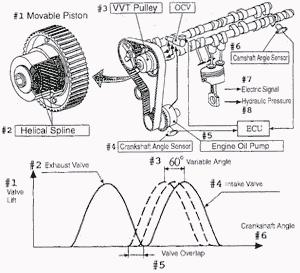 This is nothing more than a VERY brief description of VVT-i. If you are interested in reading more, please click here. How to diagnose/troubleshoot VVT-i: Turnip was kind enough to provide these three PDF’s about how VVT-i works, and how to properly diagnose and troubleshoot your VVT-i. https://drive.google.com/file/d/0BwFhCeAkWB...dit?usp=sharing https://drive.google.com/file/d/0BwFhCeAkWB...dit?usp=sharing https://drive.google.com/file/d/0BwFhCeAkWB...dit?usp=sharing It is very, very important that when diagnosing your VVT-i that you DO NOT take the cam controller apart. Toyota lists this as a “non-serviceable” item, meaning if it’s faulty, it must be replaced and not repaired. If it is taken apart, it will be very very difficult to reassemble, and it isn’t a job for a backyard mechanic. I had a spare Redtop at one point and I decided to take one apart to see what the fuss is all about. 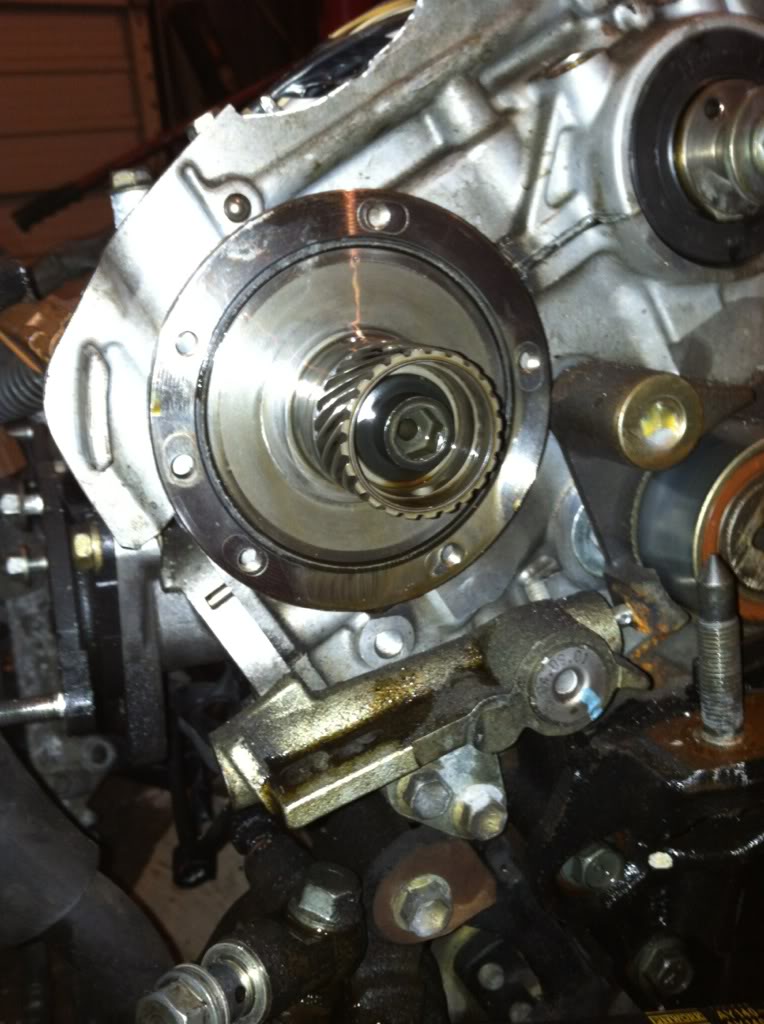 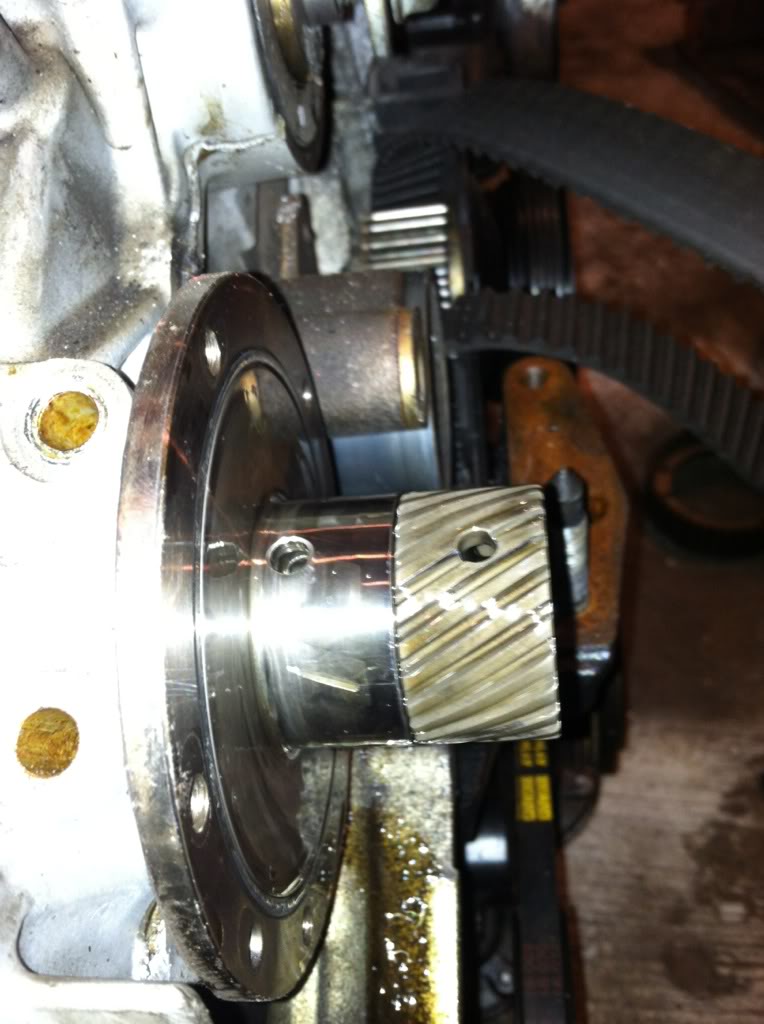 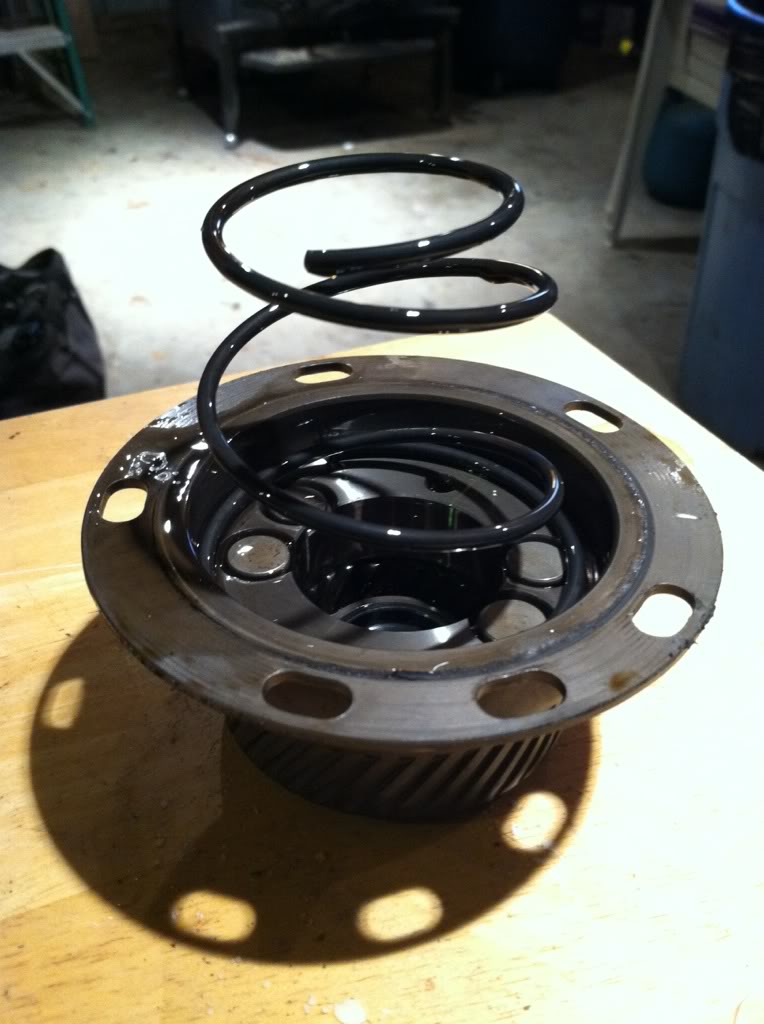 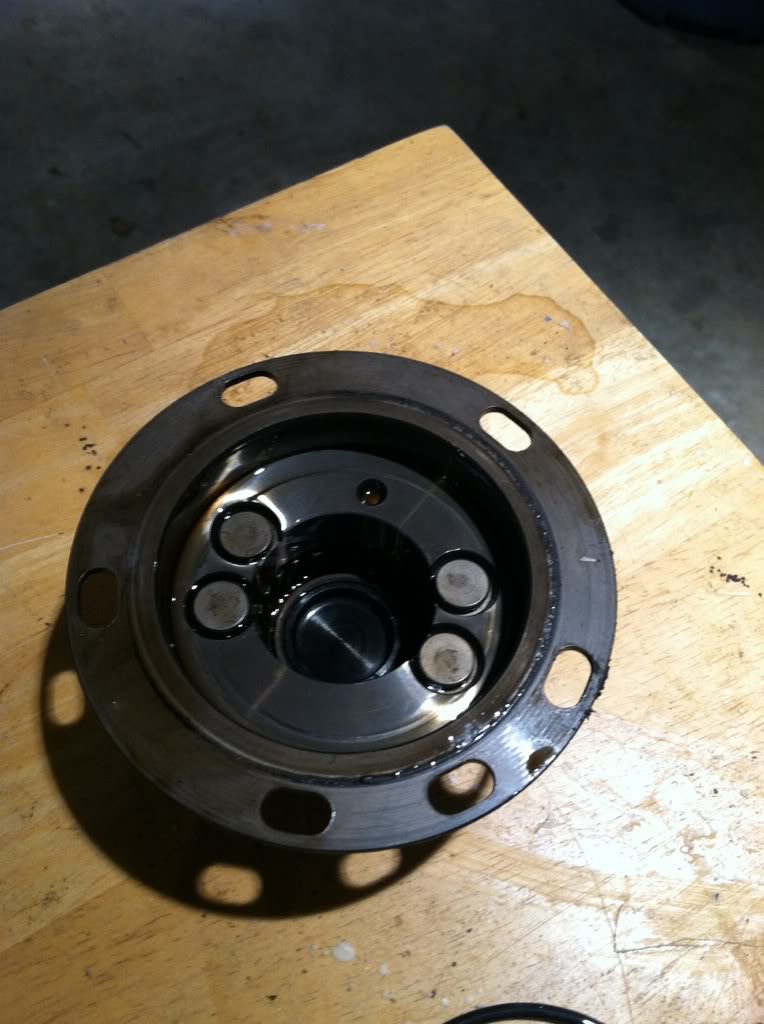 Although it looks simple, there was no chance of me ever putting it back together correctly after that. Common issues: The BEAMS, like any other Toyota engine, is perfectly reliable and requires only basic maintenance. However, it does have its quirks. Idle Speed Control Valve: Located in the bottom of the throttle body, the ISCV tends to collect a lot of dirt. The BEAMS is designed to idle at 750 RPM, and is controlled by the ISCV. When it gets dirty, the BEAMS will not idle properly, pulse on startup, and won’t run 100% at any RPM. This problem can be cured by taking the throttle body apart to remove the ISCV and cleaning with throttle body cleaner, lubricating with a little white lithium grease, and reassembling. If this doesn’t work, then it’s time for a new ISCV. See this thread for more information concerning ISCV replacement. Timing belt: The timing belt itself doesn’t have any issues. However, the BEAMS is an interference engine, meaning if the timing belt breaks the pistons will slap the valves. It’s very important to replace your timing belt and check it regularly. It’s better to replace a timing belt every 90,000 miles or less than replace bent valves. Valve cover gasket: Out of the three BEAMS engines I have owned, all three have had oil in the spark plug tubes when I got them. It’s a quick and easy fix, just replace the valve cover gasket and spark plug tube seals. Problem solved. MAF sensor: The MAF sensor is no different than any other MAF, but the BEAMS ECU treats it differently. The BEAMS ECU is incredibly finicky when it comes to the MAF and it has very tight tolerances. The BEAMS ECU relies very heavily on the MAF to determine the air/fuel ratio, and it was designed to work with the stock intake. If the MAF begins to malfunction, the ECU will trim fuel, causing your engine to run improperly. Unfortunately, this means that the ECU cannot cope with any other intake besides the stock intake. This will throw the MAF readings off, meaning you will not get proper air/fuel ratios and therefore cutting power, often significantly. The best alternative to the stock intake is the SARD Sports EX Plus intake, available from rhdjapan.com, but there have been several dyno charts showing gains by replacing an aftermarket intake with the OEM intake. You can buy just the Redtop intake lid, which has the MAF housing built in, and it will fit right on top of your stock intake box, giving you a full OEM BEAMS intake. Fuel filter: The stock BEAMS fuel filter sits farther away from the frame than the GT fuel filter. This means that the BEAMS fuel hose will not reach a 5S-FE fuel filter and bracket. The ST uses a similar bracket as the BEAMS, putting the fuel filter a little farther out, but the bracket is too big to clamp around the GT fuel filter. What I did is use a GT fuel filter and bracket with a longer bolt and held the bracket in place between the head of the bolt and an extra nut. S54 Limited Slip Differential: The BEAMS came bolted to an S54 transmission, meaning that axles from a USDM Celica GT will work perfectly. Some BEAMS were lucky enough to get the S54-06D transmission which has an OEM helical LSD. To check to see if you have limited slip, pop the axles out and look through the transmission. If you see a bar, that means that your S54 has an open differential. If you can’t see through the transmission, that means you are lucky enough to have the limited slip. The first picture is my S54 with an open diff, the second picture is my S54 with LSD. 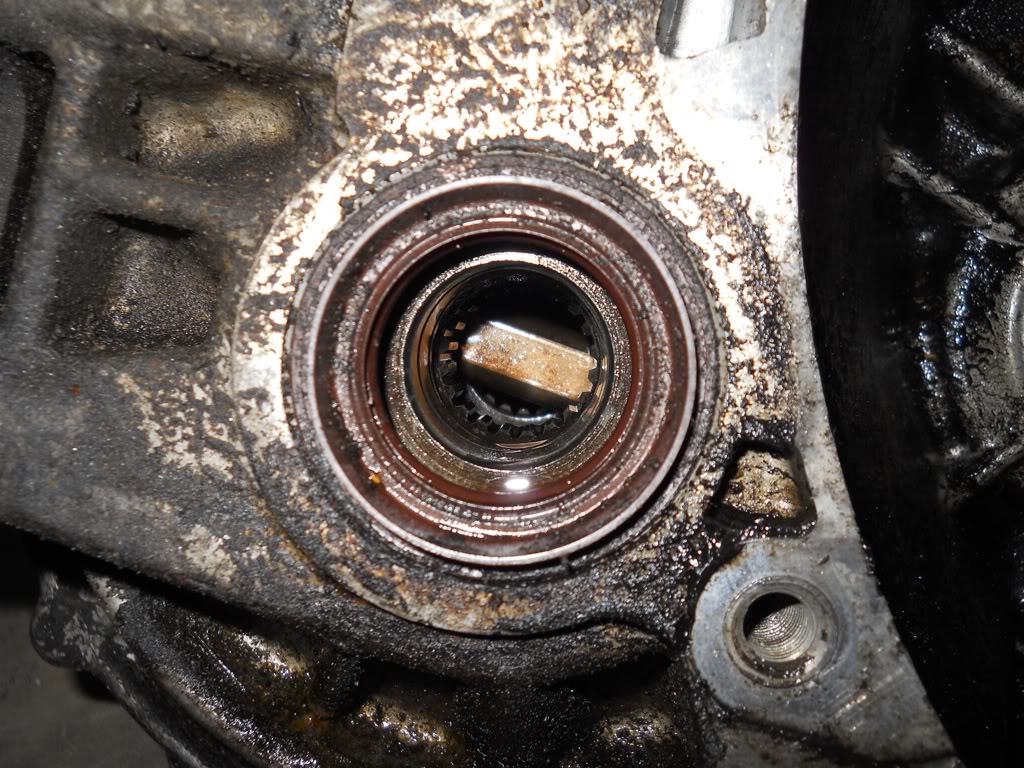 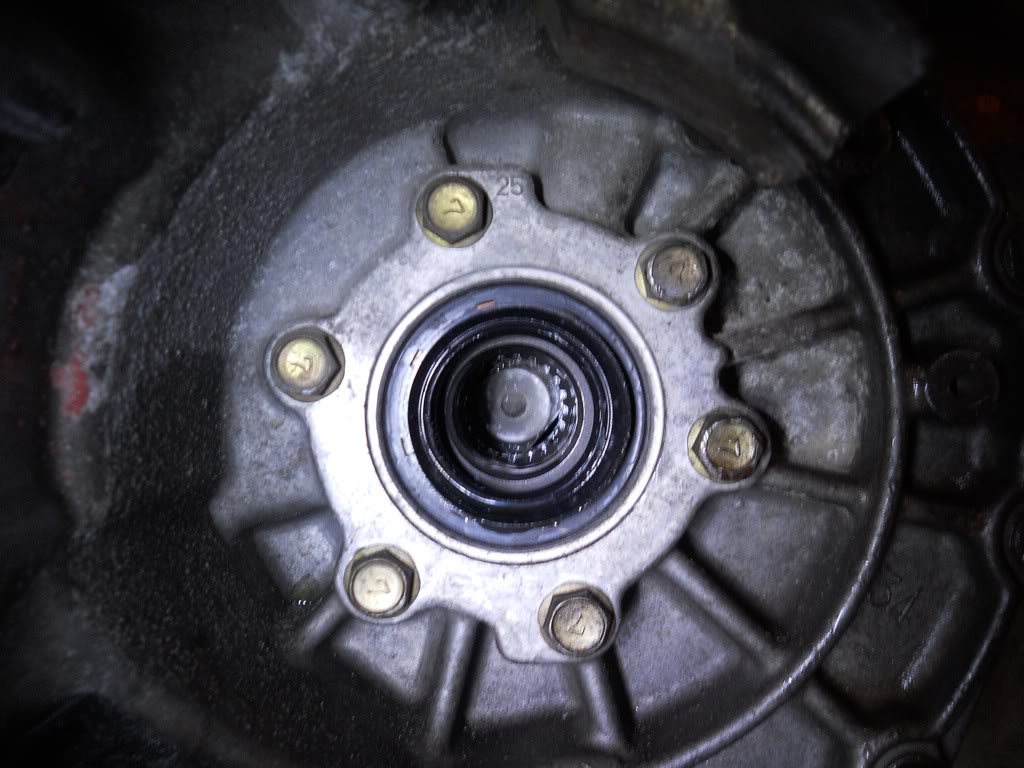
-------------------- "Employ your time in improving yourself by other men's writings, so that you shall gain easily what others labored hard for." -Socrates. Even Socrates told us to use the search button!
 2006 Aston Martin V8 Vantage. 1998 Celica GT- BEAMS Swapped. 2022 4Runner TRD Off Road Prenium. 2021 GMC Sierra AT4. |
Posts in this topic
 richee3 3S-GE BEAMS Redtop Information Thread Dec 23, 2013 - 2:02 PM
richee3 3S-GE BEAMS Redtop Information Thread Dec 23, 2013 - 2:02 PM
 richee3 Part Numbers:
Please note: Anything marked with a... Dec 23, 2013 - 2:07 PM
richee3 Part Numbers:
Please note: Anything marked with a... Dec 23, 2013 - 2:07 PM
 richee3 Pulling codes:
We’ve all run into problems ... Dec 23, 2013 - 2:13 PM
richee3 Pulling codes:
We’ve all run into problems ... Dec 23, 2013 - 2:13 PM
 Rusty BEAMS cross section:
Engine info:
Power 200... Dec 23, 2013 - 7:00 PM
Rusty BEAMS cross section:
Engine info:
Power 200... Dec 23, 2013 - 7:00 PM  |
1 User(s) are reading this topic (1 Guests and 0 Anonymous Users)
0 Members:
| Lo-Fi Version | Time is now: May 10th, 2024 - 5:05 PM |



